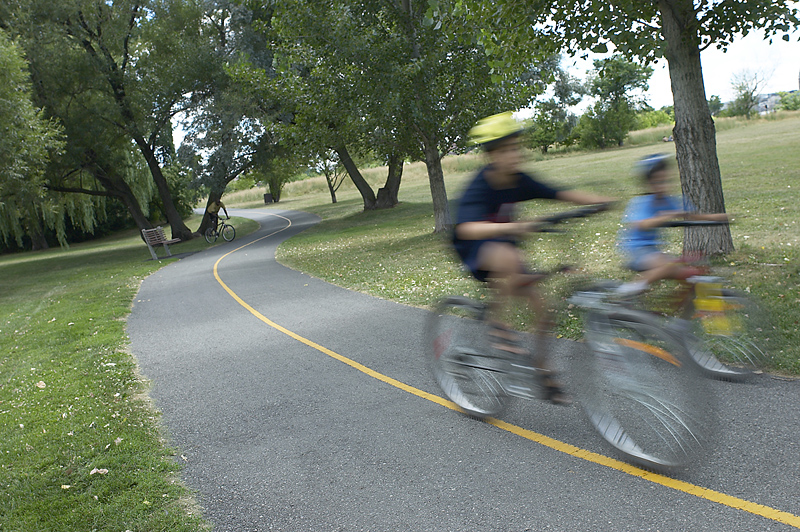MONDAY, Nov. 14, 2016 (HealthDay News) — Spanking and hitting children to discipline them has been on the decline among U.S. parents — rich and poor alike — since 1988, a new study finds.
According to the researchers, the number of mothers with an average income level who considered physical discipline acceptable decreased from 46 percent to 21 percent over two decades.
At the same time, mothers who felt timeouts were a better type of discipline rose from 51 percent to 71 percent, the investigators found.
“Parents seem to be using more reasoning and nonphysical discipline strategies with children, which is in line with what the American Academy of Pediatrics recommended in 1998,” said lead researcher Rebecca Ryan. She’s an associate professor of psychology at Georgetown University in Washington, D.C.
“At all income and education levels, parents’ attitudes toward physical punishment have changed over the last 20 years and, very likely, their behavior with their children,” she said.
For the study, Ryan and her colleagues reviewed four national studies of kindergarten-age children — about 5 years old. The studies were conducted between 1988 and 2011.
Although a cultural shift away from physical discipline has occurred, some parents still believe spanking and hitting is the best way to control unwanted behavior, the findings showed.
More low-income parents than high-income parents still believe in hitting children to discipline them. Yet poorer parents, like richer parents, are increasingly using timeouts, the study authors noted.
Nearly one-third of mothers with the lowest incomes still spanked or hit kindergarten-age children. Almost 25 percent reported using physical punishment in the last week, the researchers said.
Parents with the highest incomes are less likely to endorse or report using physical discipline than those at the bottom of the income scale, the study found.
The report was published online Nov. 14 in the journal Pediatrics.
Dr. Heidi Feldman is a professor of developmental and behavioral pediatrics at Stanford University School of Medicine in Palo Alto, Calif. She said, “It is very good news that over the last 30 to 40 years, the percentage of parents endorsing physical discipline has declined while the percentage of parents reporting nonphysical discipline increased.”
According to Feldman, who wrote an accompanying editorial in the journal, “It is encouraging that this trend occurred across all socioeconomic groups.”
The study authors suggest that the publication of a policy statement by the American Academy of Pediatrics in the middle of the study period may have accelerated the declining rates, Feldman said.
“It is hard from these survey data, however, to determine the cause of the trend,” she said.
Feldman recommends updating the pediatricians’ policy.
“More change is necessary. In addition, the previous policy statement included several other positive recommendations for parents, such as strategies for promoting optimal parent-child relationships and for reinforcing desirable behavior,” she wrote.
“If attitudes and practices have changed, then pediatricians and the public may be ready for advice on alternative discipline methods,” Feldman added.
Still, the decline in physical discipline is welcome, she said.
“It’s good news, because nonphysical discipline is more effective, kind and safe than is physical discipline,” Feldman said.
More information
For more on disciplining children, visit the American Academy of Pediatrics.
Copyright © 2025 HealthDay. All rights reserved.

